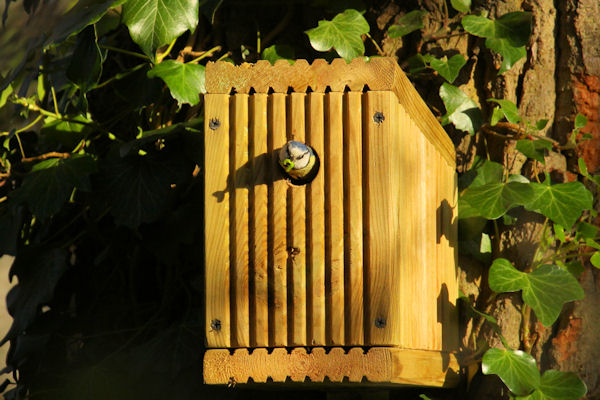January 2022 in Bicknor Wood
Note the qualifying 2022 in the title. This is our second January in charge of Bicknor Wood and now we have a yardstick from 2021 with which to compare. The weather for Jan this year was mild and dry. There were a few frosts, but nothing dramatic.
Some of the plants have retained a few leaves during the winter. This is normal for many plants such as Brambles and in a mild winter the first year stems can be semi-evergreen. Other plants noted this year include the Dog's Mercury which has not died back as it would if the frosts had been hard enough. Last year, fresh shoots were not noted until March.
Photo credit; Hayley Scott
The Bluebells and Lords and Ladies are on time with the bulb tips of the Bluebells pushing through the leaf litter and the furled leaves of the Lords and Ladies showing already. Some Red Campion also pushing through from 14th.
On Jan 14th, a Magpie was seen carrying twigs to the top of a birch tree. It tried to start a nest, but looked inexperienced. Other Magpies have since been seen readying themselves for the new season with collection of materials and nest building seen in the wood and immediate surroundings.
The weather has been mild throughout the country. Cold weather further north, on the continent or in Scandinavia, often pushes a wave of winter visitors. Last year the wood hosted Goldcrest, Common Redpoll, Redwing, Fieldfare and increased numbers of Blackbirds and Song Thrushes. So far his year, a few extra Blackbirds have graced the paths and a couple of Redwing.
Sightings of Dunnock, Long-tailed Tit, Coal Tit, Wren and Stock Dove have been greatly diminished. I can't offer a good explanation for this.
Robins have been singing their winter songs and the Great Spotted Woodpeckers have been seen feeding and consorting closely. It is likely that the male has been protecting his territory. Drumming has been heard throughout January, but they do not maintain a bond outside the breeding season. So the female may be new.









It is great to see the woods are starting to come alive. Hopefully the birds that have diminished will start to return.
ReplyDelete